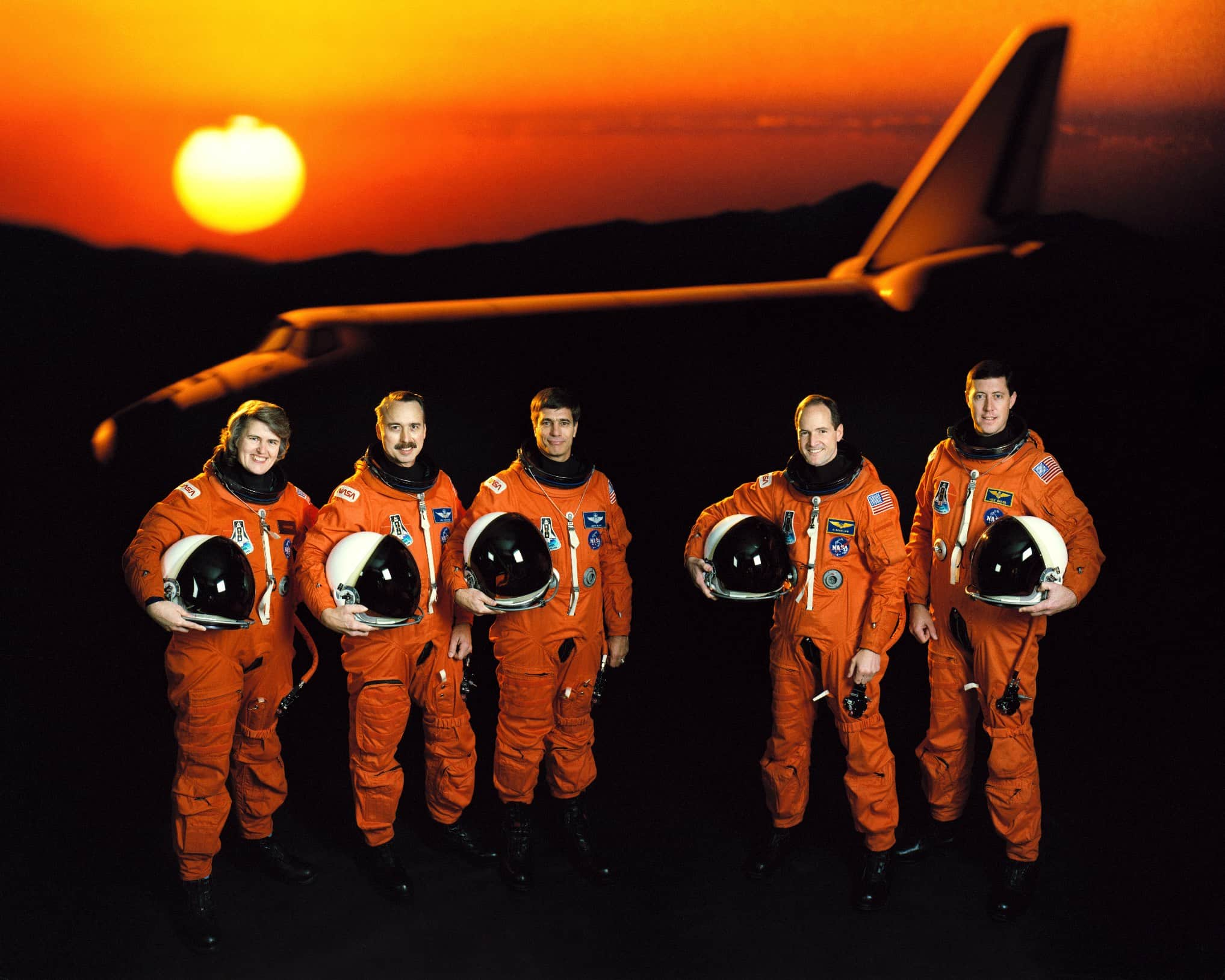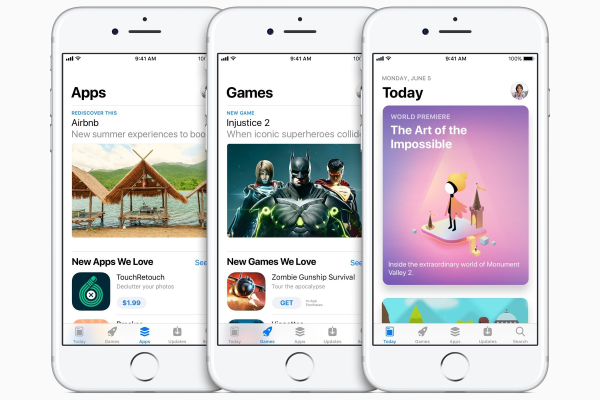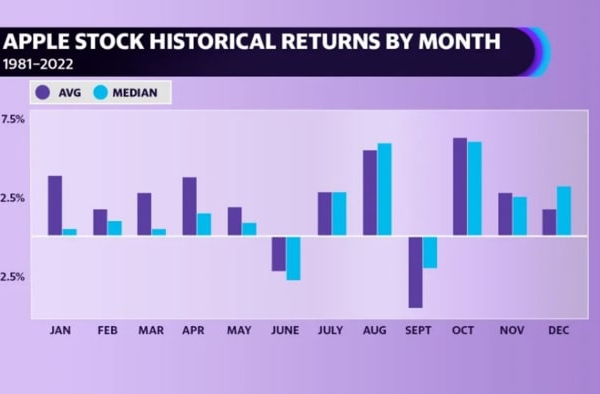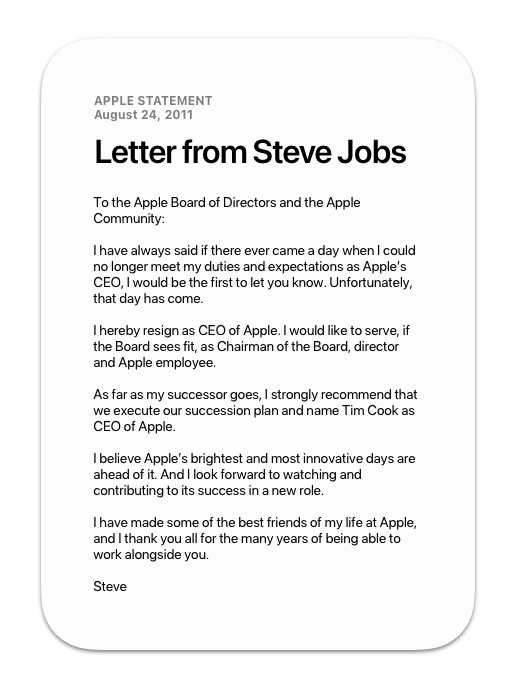First Email from Space: The Macintosh Portable’s Legacy

On August 28, 1991, a milestone was achieved in space communication when astronauts sent the **first email from space**, utilizing a Macintosh Portable alongside AppleLink software. The crew aboard the Atlantis space shuttle joyfully relayed their greetings to Earth with a cheerful message that showcased the innovative spirit of the **STS-43 mission**. This moment not only highlighted the connection between **NASA** and **Apple space technology**, but it also marked the practical use of a portable computing device in orbit. The **Macintosh Portable**, Apple’s first truly mobile computer, performed admirably in the unique environment of space, becoming a pivotal tool for real-time communication and data monitoring. This was an era when Apple was transitioning to more advanced systems, eventually leading to the release of future iterations such as **Mac OS X Snow Leopard**, embodying the company’s commitment to technological advancement.
In the realm of space exploration, sending digital messages has taken on a new significance, as evidenced by the pioneering moment of the **first email from space**. This historic event is a reflection of the early integration of personal computing into the aerospace sector, where laptops like the **Macintosh Portable** played a crucial role in bridging communications between orbit and Earth. The alliance of NASA and Apple not only facilitated groundbreaking missions, such as those carried out during the **STS-43** mission, but also laid the groundwork for future advancements in **Apple space technology**. Unique devices—a mix of cutting-edge software and hardware—enabled astronauts to share experiences and operational data efficiently. As the tech landscape evolved, so too did the innovations from Apple, culminating in noteworthy releases like **Mac OS X Snow Leopard** that redefined user experiences.
The Historic First Email from Space
On August 28, 1991, history was made when astronauts aboard the Atlantis space shuttle sent the first email from space, utilizing a Macintosh Portable. This email, sent via AppleLink, contained cheerful greetings and showcased the significant role of technology in the realm of space exploration. The use of a Macintosh Portable highlighted Apple’s innovative spirit and its early foray into space technology, showcasing how deeply integrated the company’s products had become in groundbreaking missions like STS-43.
The significance of this event lies not only in the novelty of sending an email from space but also in the communications technology it represented. The STS-43 mission was primarily focused on deploying a Tracking and Data Relay Satellite (TDRS) to enhance NASA’s ability to communicate with orbiting satellites. The incorporation of Apple’s Macintosh Portable into such high-stakes missions underscores the potential of commercial technology to enhance scientific discovery and operational efficiency in space.
The Role of the Macintosh Portable in Space Missions
The Macintosh Portable, launched in 1989, was a pioneering device that integrated computing into the domain of astronauts. Weighing 15.8 pounds and powered by a battery, it was designed to be mobile, making it suitable for the stressful conditions aboard a shuttle. Minor modifications allowed the Macintosh Portable to function effectively in zero gravity, demonstrating its robustness and versatility, especially during the STS-43 mission.
Astronauts found the Mac Portable particularly useful for conducting various tasks during their flights. It enabled real-time monitoring of the shuttle’s position on a world map, served as an alarm clock, and even included features for providing reentry information. The ingenuity of using such technology in space pointed towards a future where computers would play an integral role in NASA missions, paving the way for future collaborations between space agencies and tech giants like Apple.
Impact of NOAA Communication on Space Operations
The first email from space not only symbolized an achievement for the astronauts aboard the Atlantis but also marked a milestone in NASA’s ongoing efforts to improve communication from orbit. The integration of the Tracking and Data Relay Satellites (TDRS), which depended on the innovations facilitated by this mission, underscores the connection between technology and enhanced operational capabilities in space.
Communication technology has constantly evolved since the STS-43 mission, with subsequent missions relying on advanced systems to ensure astronauts can communicate effectively with ground control. This evolution has fortified the link between Earth and outer space, allowing for critical information to be exchanged, and maximizing safety and efficiency in missions that follow.
The Journey of Apple in Space Technology
Apple’s relationship with NASA exemplifies how technology can bridge gaps between industries. The first email from space was not an isolated incident; it was part of a broader narrative where Apple products have been utilized in various capacities during space missions. From computers to early wearable technology like the WristMac, Apple continually pushed the envelope in integrating its innovations into challenging environments.
The technology employed by the crew of the Atlantis during the STS-43 mission opened new avenues for using consumer technology in scientific fields, setting a precedent that still influences how tech companies collaborate with NASA. As seen in Apple’s continued presence alongside advanced projects through the years, their commitment to enhancing space technology remains evident.
Memorable Innovations: The Macintosh Portable and WristMac
The Macintosh Portable was not just a groundbreaking computer for space, but its compatibility with other smart devices like the Seiko WristMac watch showcased the potential for creating an interconnected network of technology that could assist astronauts. By allowing data transfer between the wearable and the Macintosh, the Atlantis crew could maintain a constant flow of information, making the Macintosh and its accessories essential tools during their mission.
Bringing these early forms of mobile technology into space has laid the foundation for more advanced wearables used in contemporary missions. The WristMac exemplified early wearable technology that could provide critical information at a glance, a concept that has immensely evolved in recent years with advanced smartwatches used by astronauts.
Apple’s Legacy in Space Exploration
Apple’s legacy in space exploration is not confined to the historical first email from space; it extends into the continuous innovation and contributions that the company has made through its products. Over the years, Apple products have seen several honors in space, including the memorable image of an iPod aboard a shuttle, showcasing the company’s enduring place in the realms of technology and exploration.
In recognizing its past contributions, Apple continues to inspire future generations to blend technological advances with the quest for scientific knowledge. This synergy fosters an environment where innovation can flourish, ultimately extending human capability in exploring the cosmos.
Mac OS X Snow Leopard: A Reflection of Apple’s Evolution
On August 28, 2009, Apple released Mac OS X Snow Leopard—an operating system update that reflected the company’s commitment to engineering excellence. While marketed with the tagline of ‘0 new features,’ this version focused on enhancing performance, speed, and reliability of the Mac system.
The decision to launch Snow Leopard at a significantly lower price of $29 marked a turning point in Apple’s strategy, appealing to a broader customer base while reaffirming its reputation for innovation just as it had done with the Macintosh Portable years earlier. This release indicated Apple’s focus on improving user experience, an ethos that transcended the realm of everyday computing and found its roots in missions such as those conducted by NASA.
The Significance of NASA and Apple Collaboration
The collaboration between NASA and Apple reflects a longstanding relationship where creativity meets functionality. Much like the first email from space, each joint initiative highlighted the ways technology can push the boundaries of possibility, culminating in incredible achievements in space exploration.
With each partnership, both entities have spurred further innovations that enrich human understanding of the universe while demonstrating that consumer technology has a pivotal role in significantly enhancing scientific missions. This synergy between space exploration and consumer tech remains as critical today as it was during the STS-43 mission.
Trailblazing Pathways: From Early Innovations to Modern Applications
The groundbreaking efforts of astronauts using the Macintosh Portable are a testament to the early innovations that paved the way for modern applications of technology in space. Crews relied on the portable computer to accomplish a range of tasks, showcasing the importance of having reliable tools at their fingertips to manage complex operations and experiments.
As technology has evolved, so too have the applications that support NASA missions. Current satellites and spacecrafts utilize sophisticated Apple products to manage and analyze data streams efficiently, a legacy stemming from those initial steps taken with the Macintosh Portable during historic missions, such as STS-43.
Frequently Asked Questions
What is the significance of the first email from space sent during the STS-43 mission?
The first email from space, sent on August 28, 1991, during NASA’s STS-43 mission, marked a groundbreaking moment in communication technology. Astronauts aboard the Atlantis space shuttle utilized a Macintosh Portable to send greetings to Earth via AppleLink, showcasing the potential for Apple space technology to bridge the gap between orbiting crews and mission control.
How did the Macintosh Portable enable astronauts to send the first email from space?
The Macintosh Portable, utilized by astronauts during the STS-43 mission, was modified slightly to function in space. This 15.8-pound, battery-powered computer allowed the crew to send the first email from space using AppleLink software, demonstrating how Apple’s computing innovation was instrumental in enhancing communication during space missions.
What content did the first email from space include?
The first email from space, sent by the STS-43 crew aboard the Atlantis shuttle, contained a light-hearted message reading, ‘Hello Earth! Greetings from the STS-43 Crew. This is the first AppleLink from space…’ The email reflected the crew’s enthusiasm about their mission and hinted at the groundbreaking use of Apple technology in space.
Which Apple product was used by astronauts to send the first email from space?
Astronauts sent the first email from space using the Macintosh Portable, an early mobile computer developed by Apple. Its lightweight and portable design made it suitable for use on the STS-43 mission, highlighting the role of Apple space technology in enhancing astronaut communication.
What role did AppleLink play during the first email from space?
AppleLink was the software used by the astronauts during NASA’s STS-43 mission to send the first email from space. This early online service provided a means for Apple users to communicate, and in this historic instance, it facilitated a direct message from the crew of Atlantis back to Earth.
What was the main objective of the STS-43 mission aside from sending the first email from space?
Besides sending the first email from space, the primary objective of the STS-43 mission was to deploy a Tracking and Data Relay Satellite (TDRS). This satellite is essential for maintaining communication links between Earth and orbiting spacecraft, thereby enhancing NASA’s operational capacity in space.
Did any other Apple products accompany NASA missions after the first email from space?
Yes, following the first email from space, several Apple products have been sent on NASA missions, including notable instances like an iPod aboard a space shuttle in the 2000s. This continuity exemplifies the longstanding relationship between NASA and Apple’s evolving technology.
What was the release date of Mac OS X Snow Leopard, and how does it relate to Apple history?
Mac OS X Snow Leopard was released on August 28, 2009, exactly 18 years after the first email from space. While the operating system focused on performance improvements rather than new features, its release marked a significant moment in Apple history, particularly in the context of technological advancements that had begun with early mobile devices like the Macintosh Portable.
What improvements did Mac OS X Snow Leopard offer compared to its predecessors?
Mac OS X Snow Leopard emphasized enhancing system performance and reliability, rather than introducing new features. Apple engineers made hundreds of improvements to ensure that the operating system felt faster and more responsive, aligning with Apple’s goal of providing an optimal user experience.
How did the first email from space demonstrate the integration of technology aboard the shuttle?
The first email from space illustrated the successful integration of Apple technology in a space environment, as the STS-43 crew used the Macintosh Portable not only for communications via AppleLink but also for managing mission-related tasks and tracking shuttle operations, which affirmed the importance of computing resources in space exploration.
| Date | Event | Details | Significance |
|---|---|---|---|
| August 28, 1991 | First email from space | Sent by the STS-43 crew using a Macintosh Portable and AppleLink software, including a greeting message. | Marks a significant milestone in communication technology in space. |
Summary
The first email from space, sent on August 28, 1991, represents a groundbreaking moment in the history of space communication. This historic message from the STS-43 crew aboard the Atlantis space shuttle highlights how technology, like the Macintosh Portable and AppleLink, can bridge the gap between Earth and space. The ability to communicate from orbit not only showcased the ingenuity of NASA and Apple but also set the stage for future advancements in astronaut communications. Today’s space missions continue to utilize advanced technology, building on the legacy of the first email from space.
You may also like

iOS App Store Success: A Milestone in Digital Distribution


Steve Jobs Resignation: A Turning Point for Apple
Archives
Calendar
| M | T | W | T | F | S | S |
|---|---|---|---|---|---|---|
| 1 | 2 | 3 | 4 | |||
| 5 | 6 | 7 | 8 | 9 | 10 | 11 |
| 12 | 13 | 14 | 15 | 16 | 17 | 18 |
| 19 | 20 | 21 | 22 | 23 | 24 | 25 |
| 26 | 27 | 28 | 29 | 30 | 31 | |